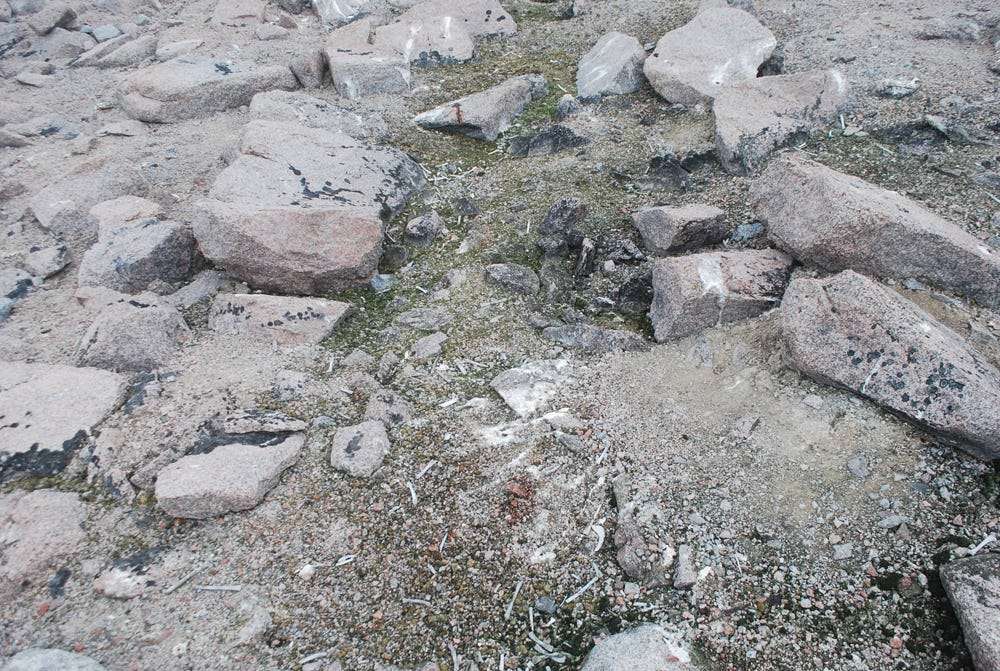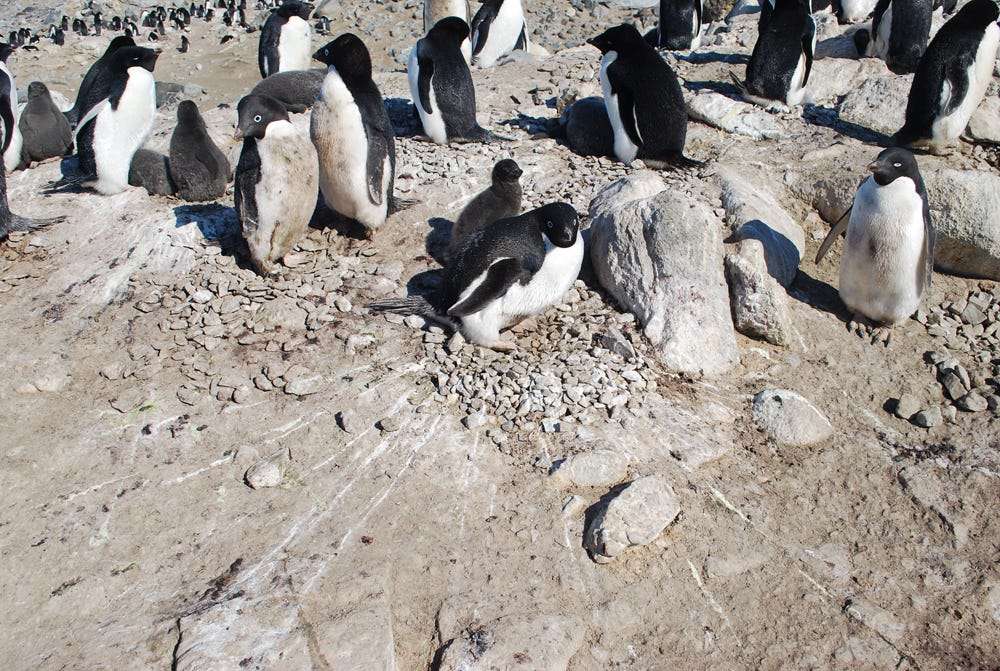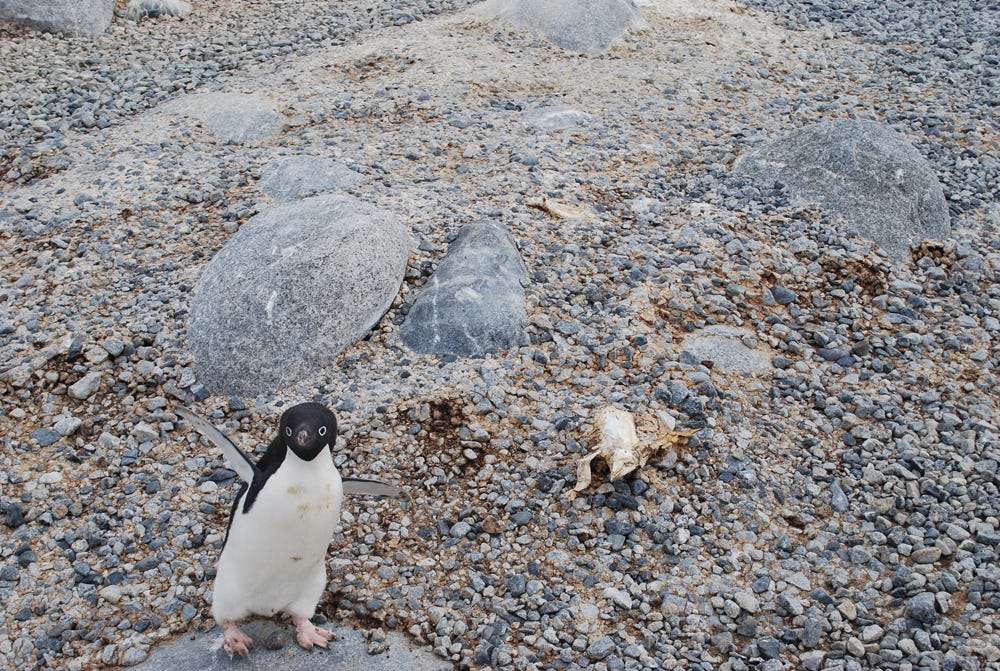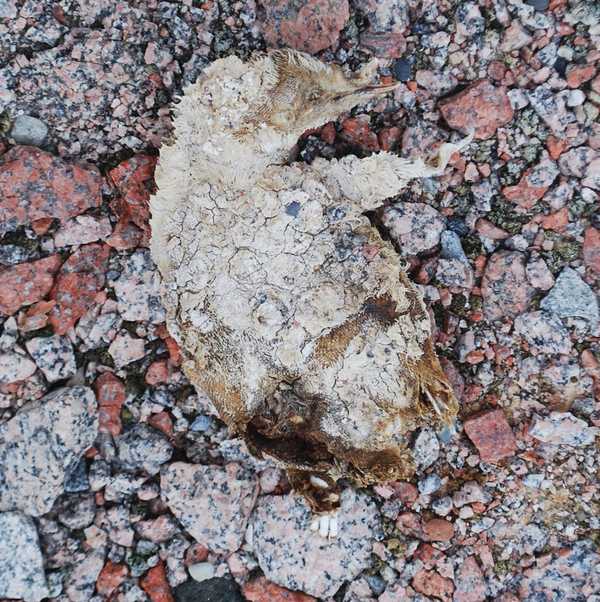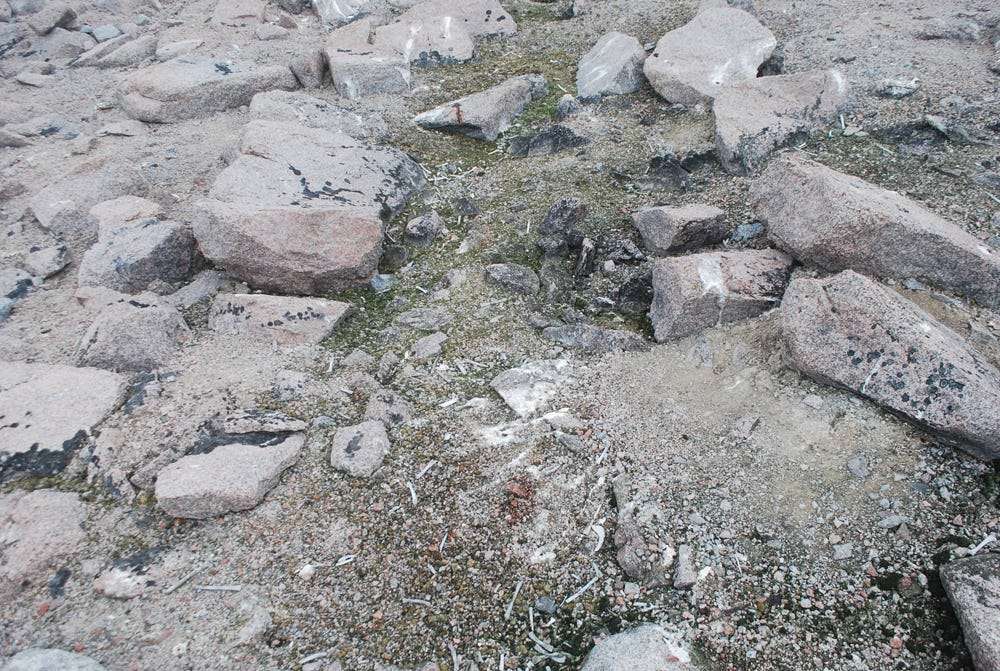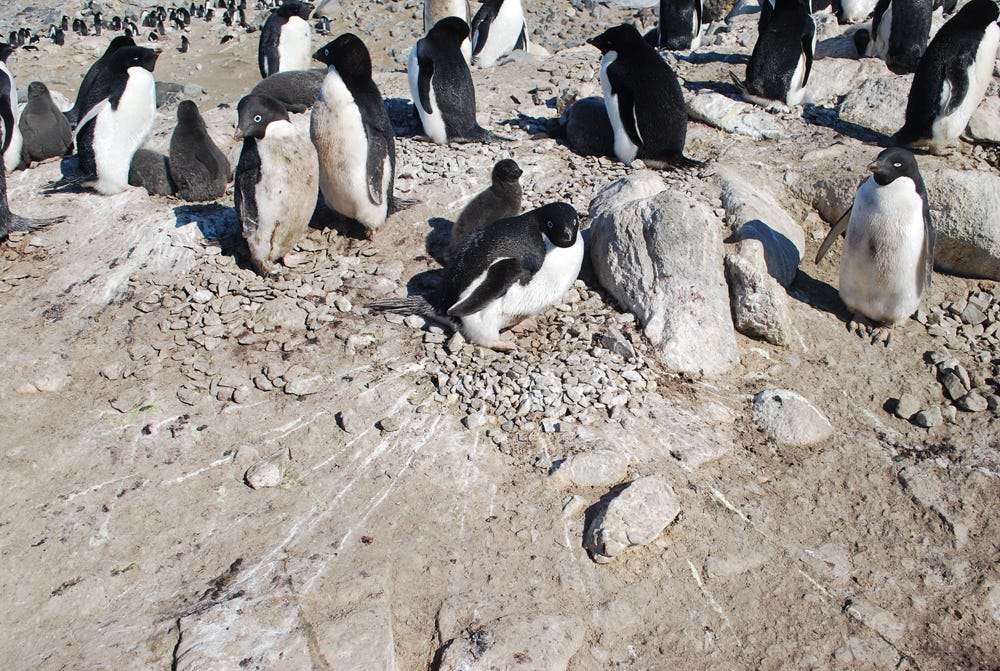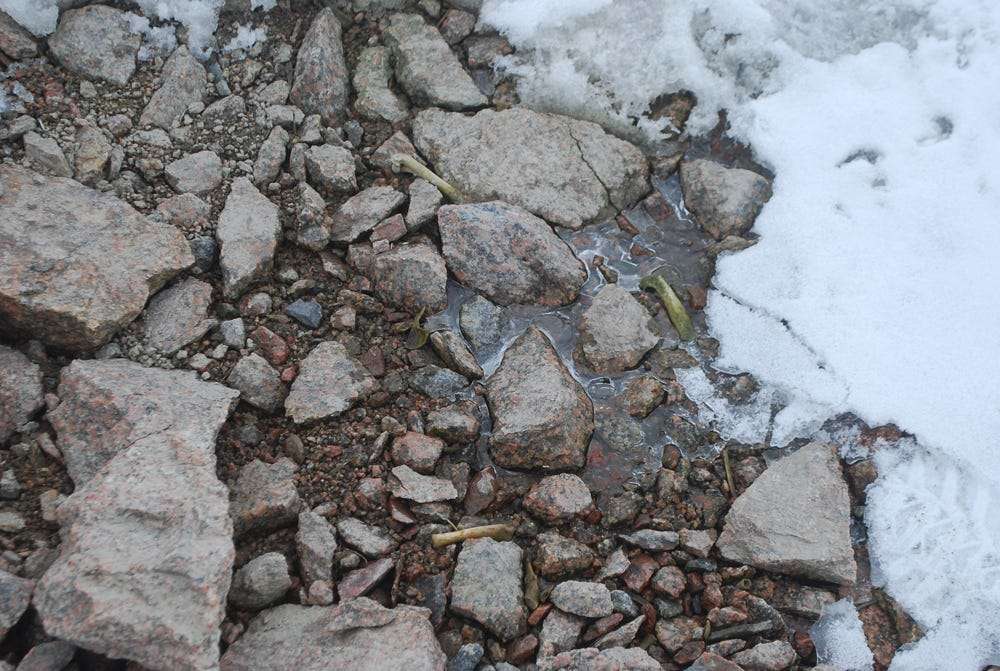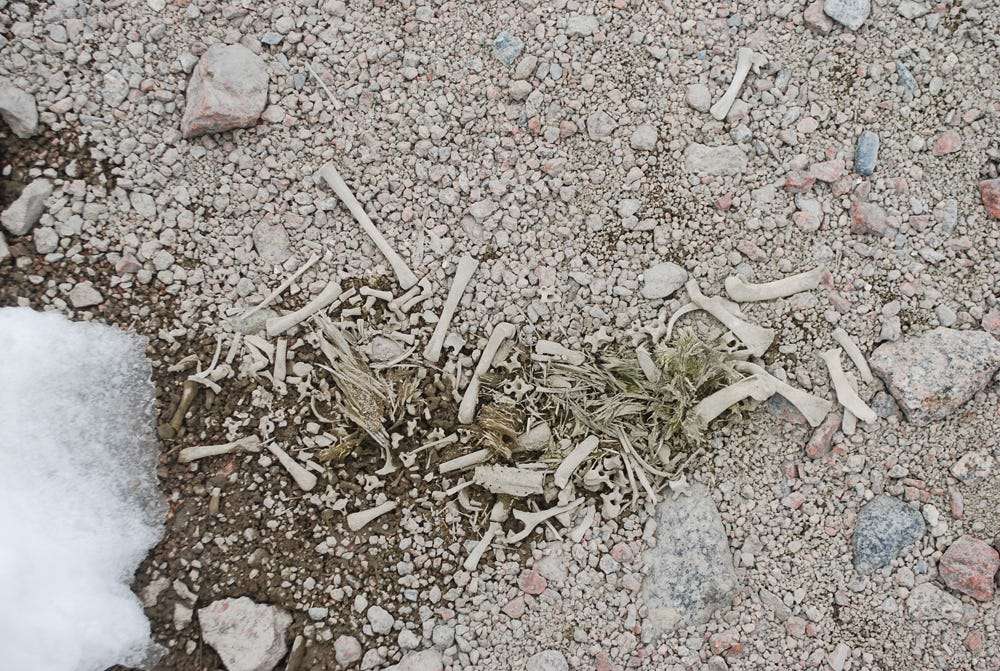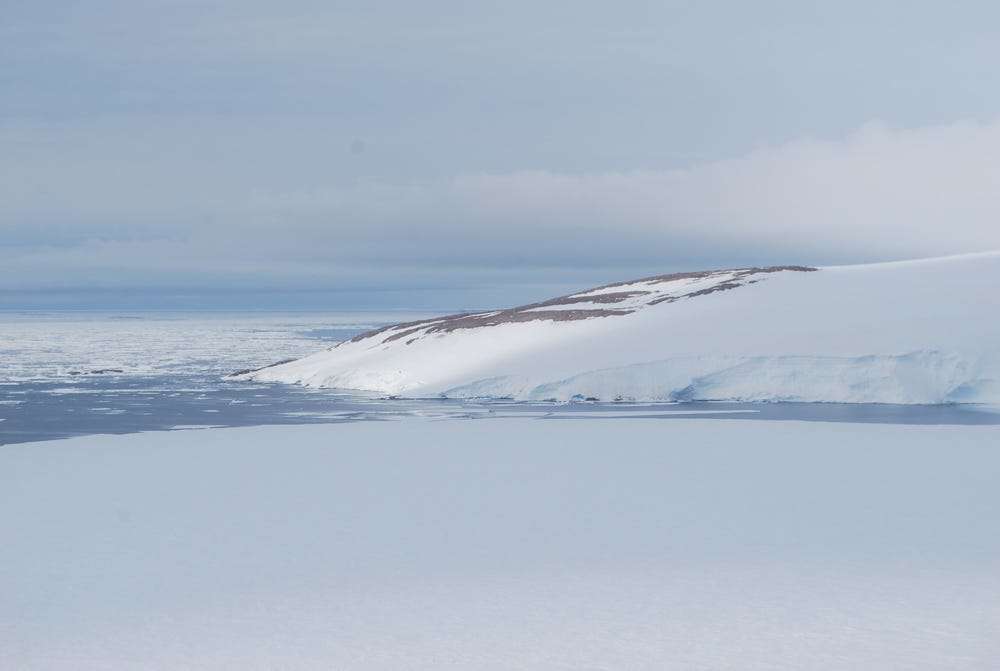Photos reveal #penguin mummies discovered at an abandoned nesting site in #Antarctica that are at least 800 years old
https://www.businessinsider.in/science/news/photos-reveal-penguin-mummies-discovered-at-an-abandoned-nesting-site-in-antarctica-that-are-at-least-800-years-old/articleshow/78650917.cms">https://www.businessinsider.in/science/n...
https://www.businessinsider.in/science/news/photos-reveal-penguin-mummies-discovered-at-an-abandoned-nesting-site-in-antarctica-that-are-at-least-800-years-old/articleshow/78650917.cms">https://www.businessinsider.in/science/n...
Scientists found an abandoned Adélie penguin colony at Cape Irizar, off the south Antarctic coast, in 2016.
Penguins hadn& #39;t been seen in that part of Antarctica in over a century, but the nesting site had fresh bodies, as well as mummified corpses, bones, and poop.
In a new study, a researcher report solving the mystery: The penguin remains had been buried under the ice for hundreds, if not thousands, of years. But snow had recently melted to reveal the colony.
By dating the mummies, the author, Steve Emslie, discovered Cape Irizar had been occupied by Adélies three times during the last 5,000 years, before being driven out by encroaching sea ice 800 years ago.
A penguin graveyard
Most of the bones and carcasses Emslie& #39;s team found belonged to penguin chicks.
Most of the bones and carcasses Emslie& #39;s team found belonged to penguin chicks.
Cape Irizar was once a nesting ground, according to Emslie, which explains why his team found so many pebble mounds there (Adélie parents collected pebbles from nearby beaches to build their nests).
They discovered the penguin remains were between 800 and 5,000 years old — the creatures had been buried beneath the snow until rising temperatures in the southern Antarctic thawed their icy grave.
About 800 years ago, when the planet underwent a cooling period called the Little Ice Age, the area of snow and ice surrounding their colony expanded, forcing the penguins to abandon Cape Irizar for good.
Whatever dead were left behind got buried, until recently summer thawing exposed them for scientists like Emslie to find. Unlike glaciers in western Antarctica, which are thawing at unprecedented rates, southern Antarctica& #39;s melt speed has been slower.

 Read on Twitter
Read on Twitter